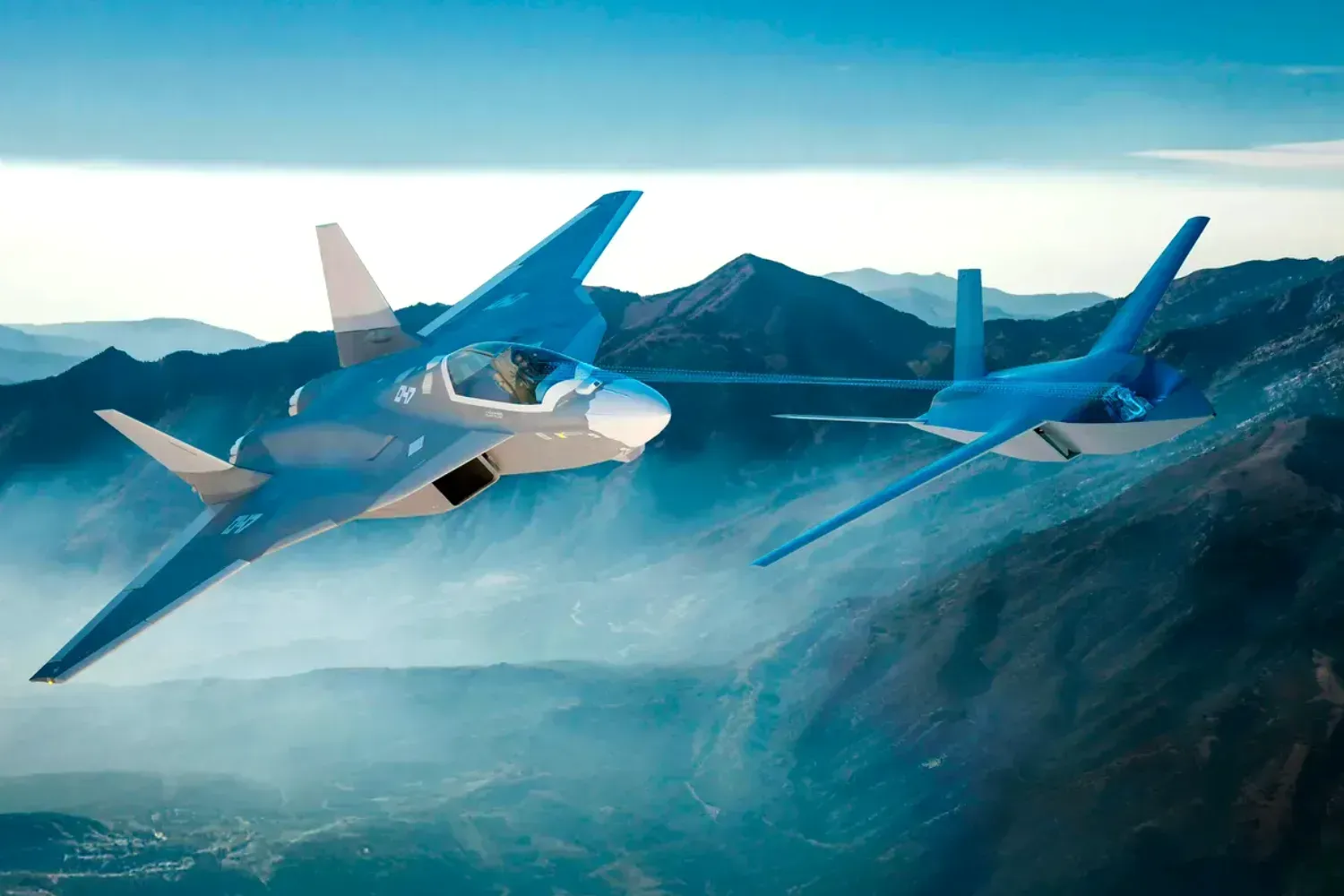NEWS - FAC Mission to Poland: Your Guide to Poland's Aerospace Industry
FAC & Aviation Valley Poland Collaboration Part 1

Poland has a long history in the aerospace industry, spanning over one hundred years of aviation history and more than eighty years in aerospace industry, aircraft production, and aviation personnel training. This development was strongly supported by its scientific, academic, and engineering environments. Although the industry faced a rapid decline after the end of the Cold War, it began to improve in the late 1990s due to economic transformation, expanding international cooperation, and direct foreign investments.
Polish Aerospace Sector Overview
The Polish aerospace industry is considered one of the most innovative sectors in the country's economy. It has a rich export offer of advanced aviation products, with almost every passenger aircraft in the world featuring at least one component produced in Poland.
- Size and Scale:
- A PAIH report from June 2023 states that the sector employed over 47,000 specialists in 2022. Another source mentions over 200 aviation and aviation-related companies with 33,000 employees. Yet another source indicates over 200 companies in the aviation and space industry combined, with over 18,000 jobs and annual sales up to 8.5 billion PLN.
- Exports constitute a significant portion of the industry's output. According to U.S. Department of Commerce statistics, 90% of Poland's aerospace production was exported in 2018. In 2020, the export value was 0.8 billion EUR. Export values increased significantly between 2021 and 2023, reaching 5.17 billion EUR in 2023. Main export destinations include the USA, Ukraine, Russia, Italy, Saudi Arabia, and Canada.
- Total Foreign Direct Investment (FDI) positions in the sector amounted to EUR 1.49 billion in 2020. Poland's favorable business environment, strategic location, and skilled workforce have attracted substantial foreign investment from countries like the United States and Germany.
- Key Products and Activities: Poland is known for the production and servicing of light sport, passenger, agricultural, and training aircraft, as well as helicopters, gliders, and parts and accessories. The industry also involves the design and production of detail and assembly tooling, production of formed metal parts, CNC machined parts, and assembly of complex aerostructures. Maintenance, Repair, and Overhaul (MRO) is another branch of the industry. The production potential lies mainly in product quality, knowledge of materials processing, foundry, mechanics, and electronics.
- Clusters: Much of the country's aerospace production is concentrated in clusters. The most prominent is the "Aviation Valley" (Dolina Lotnicza), located in southeastern Poland, with its heart in Rzeszow. Established in 2003 with 18 companies, it grew to 158 entities from the region as of 2018/2019 and 177 entities from the region employing over 33,000 staff by 2020, concentrating 90% of the total sector output in Poland. As of 2023, the Aviation Valley Association has 194 members and 35,000 employees with sales of $3.5 billion. The long-term objective of the Aviation Valley Association is to transform southeastern Poland into one of Europe's leading aerospace regions. Other clusters include the Silesian cluster (around Bielsko-Biała, focusing on light civil aviation, UAVs, MRO, components, mostly SMEs), the Wielkopolska Aerospace Cluster (6 companies producing subassemblies in the Kalisz area, employing nearly 2,500 people), the Lower Silesian Air Cluster (south-western Poland, established 2014), and Klaster Lubelski.
- Foreign Investment and Major Players: Prominent Polish aerospace manufacturers are often owned entirely or substantially by parent companies in the United States and Europe. Companies like Pratt & Whitney, Sikorsky (a Lockheed Martin company), Leonardo (AugustaWestland), Collins Aerospace, GE Aviation, MTU Aero Engines, Airbus, Boeing, Raytheon, Embraer, and Dassault Aviation have a significant presence and operations in Poland. The plant in Mielec, PZL Mielec, is the largest production plant for the Lockheed Martin group outside the US. Poland is also the third largest production centre for UTC Aerospace Systems in the world. In recent years, MRO centres have been established, such as EME Aero (a joint venture between Lufthansa Technik AG and MTU Aero Engines AG in Jasionka) and Xeos (GE Aviation).
- R&D and Education: The sector has a strong connection between science and industry. Many companies have R&D centres in Poland, such as the Engineering Design Center of GE Aircraft Engines in Warsaw, employing over 1,800 engineers. Aviation clusters actively collaborate with academic and educational institutions to ensure a qualified workforce. Polish universities graduate a large number of engineers and experts yearly, with some universities offering new aviation-related programs. The sector consistently needs highly skilled workers. Research and development activities are supported by institutions and programs, including European Funds. The National Centre for Research and Development launched the INNOLOT support program for co-financing R&D in aviation. Polish entities participate in international engine development projects like PurePower PW1000G, GEnx, and LEAP. Selected universities and research centres are related to the aeronautical sector, including institutes like the Institute of Aviation (Łukasiewicz Research Network) and the Space Research Center of the Polish Academy of Sciences.
- Market Trends and Support: Market trends in civil aviation include the growing number of passengers on low-cost airlines and at regional airports. The sector is supported by institutions such as the Polish Investment and Trade Agency (PAIH), which provides support for investors. Regulatory institutions include the Civil Aviation Authority and the Polish Air Navigation Services Agency.
Polish Space Sector Overview
Poland also has a long tradition in the space sector, with roots tracing back over 500 years to astronomers like Nicolaus Copernicus. Polish scientists and engineers have contributed to space missions and programs, including the American Apollo program and the Soviet Intercosmos program, which included the orbital flight of the first Polish cosmonaut in 1978. Over the last half century, they have designed and constructed over eighty instruments used in various international space missions.
- Size and Scale: The domestic space sector currently gathers over 300 companies and research institutions, employing nearly 12,000 people. Several dozen of these entities focus entirely on the space sector.
- Key Activities: Polish entities are active in areas such as robotics and automation, mechatronics, on-board power supply systems, optical and communication systems for satellites, scientific sensors, soil penetrators, software testing systems, and subsystems of objects launched into orbit. Work is also underway on fully recoverable Polish sub-orbital missiles. Specific areas of competence include System Design & Verification, Space System Software, On-board Data Subsystems, RF Subsystems, Payloads and Technologies, Ground Station Systems and Networks, Mechanisms, Structures, Thermal control, Automation, Telepresence & Robotics, and more.
- ESA Membership and Contribution: Poland became a member of the European Space Agency (ESA) in November 2012. This accession was a catalyst for the sector's development, allowing Polish entities to obtain significant contracts under ESA programs (EUR 140 million over 10 years prior to 2022). ESA membership provides access to ground and space infrastructure, cooperation opportunities, development of native technologies, a share in supply chains, human resource development, and educational programs.
- In November 2022, Poland declared a basic contribution to ESA for 2023-2025 totaling 132 million EUR over three years, allocated to Basic Activities, Scientific Program, and 9 optional programs (Human and Robotic Exploration, Earth Observation, Telecommunications and Integrated Applications, Space Safety, Technology and Research Instruments, Space Transportation, Navigation, Commercialization, Industrial Policy and Procurement).
- In July 2023, Poland announced a significant increase in its contribution by 295 million EUR, allocated to bilateral programs for observational satellites and technology development, participation in ESA programs, access to ISS research, and internships for Poles at ESA. Poland plans to focus on Earth Observation, Exploration, Satellite Construction, and Space Safety programs.
- An agreement signed in October 2023 with ESA involves the construction of at least 4 observational satellites (3 optical, 1 radar-based) to be operational by 2027, with ESA assisting in design, construction, launch, and commissioning.
- In November 2023, Polish company Thorium Space SA joined the ESA HummingSAT program for building small European telecommunication satellites.
- Polish Space Agency (POLSA): POLSA was established in 2014. It is an executive agency of the Ministry of Economic Development and Technology. Its tasks include supporting the Polish space industry by connecting science, business, and administration; supporting regulations; helping entrepreneurs participate in international missions; initiating agreements; supporting state security and defense through satellite systems; and promoting the sector. POLSA reports to the POLSA Council and has regional branches in Warsaw and Rzeszow.
- Polish Space Strategy: The strategy adopted in 2017 aims for the Polish space sector to obtain a 3% market share in Europe by 2030. It emphasizes the use of satellite data for security and defense and meeting domestic market demand. This is to be implemented through the National Space Program.
- International Cooperation: Beyond ESA, Poland has signed space cooperation agreements with various countries including China, Mexico, Brazil, Ukraine, Italy, and France. In 2019, a joint declaration on space exploration was signed with NASA, along with an agreement on space situational awareness (SSA) services and data with the US Strategic Command. Poland signed the Artemis Accords agreement in 2021, opening prospects for participation in Lunar and Solar System exploration under US leadership. An agreement for a Polish astronaut mission to the International Space Station (ISS) was signed in August 2023 with ESA and Axiom Space
- Budget: Poland's total expenditure on space (including ESA and EUMETSAT) was EUR 65.5 million in 2021.
- R&D and Education: Research and development are key activities. The Space Research Center of the Polish Academy of Sciences (CBK PAN) is a key institution coordinating Polish activities in ESA projects. Other research units like the Nicolaus Copernicus Astronomical Center PAN (CAMK) and the Łukasiewicz Research Network – Institute of Aviation are involved. Universities like Warsaw University of Technology and Rzeszow University of Technology are also related to the sector. Educational initiatives are supported by ESA and POLSA, including ESERO and ESA_Labs.
- Space Sector Entities: The sector includes various companies and institutions with diverse specializations, such as 6ROADS (SSA, optical observatories), Absiskey Polska (innovation management, ESA broker), Asseco Poland (software, ground segment), Astronika (instruments, mechanisms), Blue Dot Solutions (satellite data products), Creotech Instruments (on-board systems, satellite components), EXATEL (satellite services, teleport), Jakusz SpaceTech (propellants), KP Labs (satellite construction, on-board systems), PIAP Space (robotics, mechanisms, space debris), Scanway (optical instruments), SENER Polska (mechanical engineering, mechanisms), Solar System Resources Corporation (space mining tech, lobbying for Artemis Accords), SpaceForest (RF systems, suborbital rockets), Spacive (thermal control systems, structures), SYDERAL Polska (electronics, software, quantum communication), Śląskie Centrum Naukowo-Technologicznego Przemysłu Lotniczego (composite structures), Thales Alenia Space Polska (satellite systems), Thorium Space (RF systems, GEO satellites), and TTcomm (satellite services).
UAV/Drone Sector
The sources mention Unmanned Aerial Vehicles (UAVs) as an area of R&D and collaboration in the Polish aerospace sector. The Silesian Aviation Cluster includes companies engaged in the UAV sector. While promising, this sector faces challenges due to government policies limiting military orders from private companies. The U-SPACE market in Poland has significant value, estimated at PLN 3.26 billion for 2017-2026, with a potential economic impact of PLN 576 billion by 2026. As of Q1 2019, there were an estimated 100,000 drones in Polish airspace and 10,000 people with qualification certificates for commercial flights. The Polish Chamber of Unmanned Systems is listed as a regulatory institution.
Farnborough Aerospace Consortium (FAC) Visit to Poland
The Farnborough Aerospace Consortium (FAC), an established UK aerospace and defence trade association, has been strengthening ties with its partner organisation in Poland, the Aviation Valley Cluster. This relationship began with the signing of a memorandum of understanding (MOU) at the Farnborough International Airshow in 2022.
FAC planned and executed a mission to Poland in October 2024 to further strengthen links with the Aviation Valley Cluster. The delegation included members of FAC companies such as Barnbrook Systems, FT Gearing Systems, Aero Gear, and CG Tech. Representatives from UK local councils (Rushmoor Borough Council and Hammersmith and Fulham Council) also participated.
During the visit, the delegation met with key figures in the Polish aerospace industry, including the mayor of Rzeszow, Konrad Fijolek, and senior management from companies like McBraida and MTU. The visit involved presentations, networking, and one-to-one meetings. A British representative from the Department of Business and Trade also joined from the embassy in Warsaw.
The trip was reported as "extremely good" and successful in terms of the business and leads generated. Participants expressed excitement for the future of UK and Poland relations in the sector. As a result of the success, lots of follow-ups have been organised, and FAC is planning a longer and larger visit for the following year, taking more members. The potential for FAC members and Aviation Valley Cluster members to do business together is considered "huge". The events of the preceding two years had enhanced the reasons for seeking mutual cooperation.
Event Registration Form
EVENT BOOKING
Terms & Conditions
Your information will be used solely by FAC for the purposes of managing your participation in this event and providing you with relevant updates. It may also be forwarded to attendees of the event for the purpose of collaboration unless you specify on the form your objection.
Terms : By signing this form you understand you are committing to this event and agree to the FAC Terms. Cancellation must be received 2 weeks before an event for a refund. Less than 2 weeks we are committed to costs and therefore the full amount will stand.
A registration form must be completed for you to attend any event






